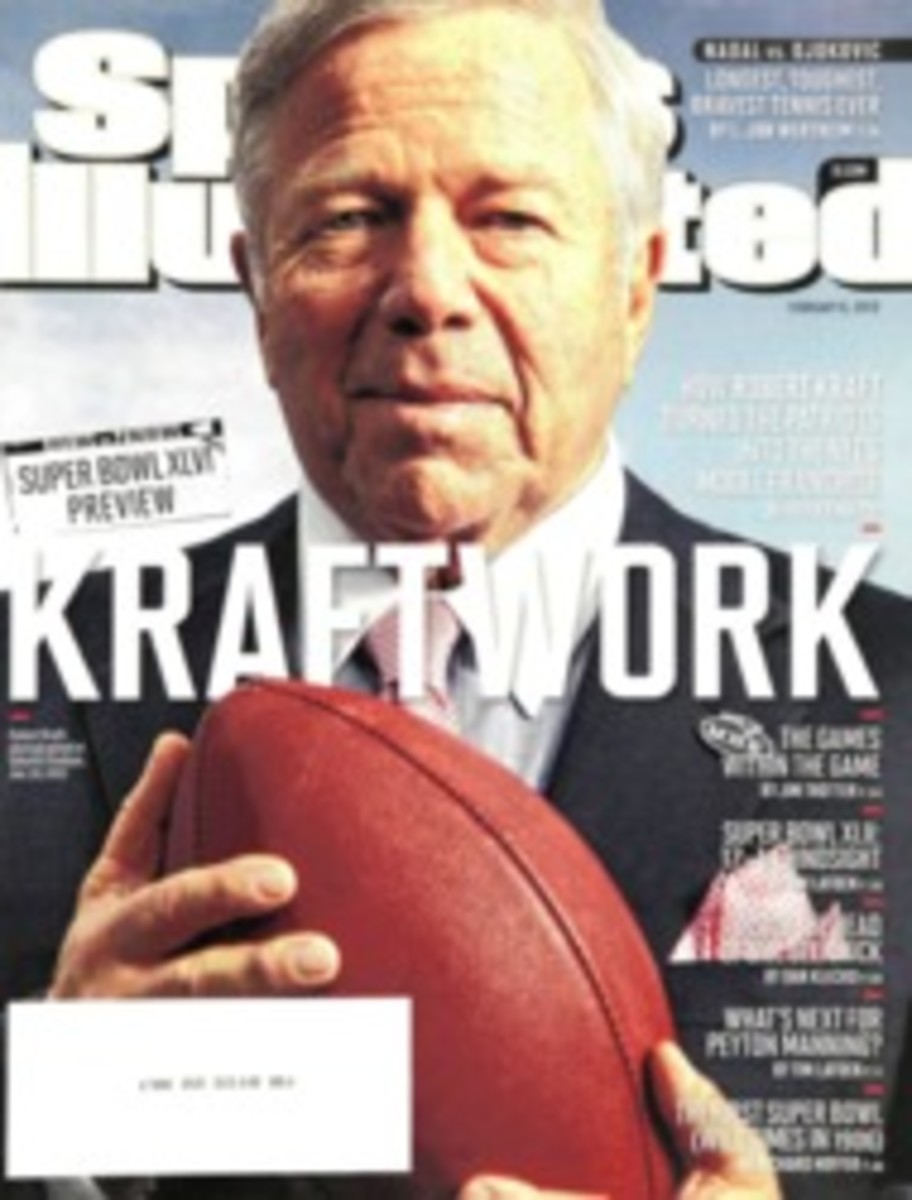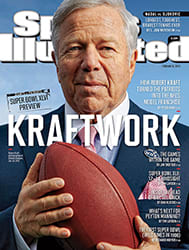
JONESING FOR GOLD
Having already cleared the hurdle of growing up with an imprisoned father—she, her mother and four siblings occasionally lived in a church basement in Des Moines—Lolo Jones was just two leaps away from entering the human-interest-story Hall of Fame at the Beijing Games in 2008. But on her way to Olympic gold in the 100-meter hurdles, she clipped the ninth hurdle, barely cleared the 10th and fell back to seventh place as her teammate Dawn Harper whisked by and won the race. Jones kept her composure in the postrace interviews, then retreated under the stands, where she convulsed with sobs.
In retrospect Jones, 29, who last Saturday returned to racing for the first time in seven months with a victory in the 50-meter hurdles at the inaugural U.S. Open at Madison Square Garden, wonders whether that nicked hurdle was her body's first sign of a condition known as tethered spinal cord syndrome, a malformation of the spine that causes escalating back pain. "I don't really hit hurdles," she says. "And there was that one in '08, and the next year I hit hurdles in three races. Every year I hit more and more." Jones was born with the disorder, but it went undiagnosed until last summer, by which time it had gotten so bad that she had trouble sitting still in her car and had to interrupt dates to take stretching breaks. Her struggles culminated in her failure to make the finals of the U.S. nationals last June.
Dr. Robert Bray—who diagnosed Sidney Crosby's neck injury last week—of the D.I.S.C. Sports and Spine Center in Los Angeles, diagnosed Jones's tethered spinal cord and operated on her in August. She worked out three times a day near her home outside Baton Rouge to get back into form. Her winning time of 6.78 seconds on Saturday puts Jones squarely back in the nexus of the 2012 Olympic gold medal discussion.
"This is just pure joy," she said after bursting out of the blocks and leading the race from gun to tape over an elite field that included Harper. "Even two nights ago I was second-guessing [myself]. Am I ready? Did I have enough time to prepare? Was surgery the right move?" On Saturday the only visible sign of Jones's surgery was a matchstick-sized brown scar on the small of her back. "Spine surgery is definitely a gamble," she says. "But I love running, and it was surgery or my career was over, and I never imagined my career ending like that." Instead, four years after her most heart-wrenching defeat she now has the chance to write the ending of which she has always dreamed.
FOLLOW @SIDavidEpstein
FAST TRACK
A STRONG START
A raft of podium contenders tested their early-season mettle at last Saturday's U.S. Open meet, which commenced a season that will climax next July and August at the London Olympics. Here's the long and short of everything we learned from the event: Bernard Lagat, the 37-year-old Kenyan-American dean of the middle distances, lost a sprint finish in the mile to 22-year-old Kenyan track neophyte Silas Kiplagat (4:00.65) but seemed hardly winded at the end of the race. That fact bodes well for his new focus on the 5,000 meters.... Jamaican sprinter Asafa Powell, the pre--Usain Bolt 100-meter world-record holder with a reputation for stiffening up against top competition, calmly won the 50 meters in a scorching 5.64.
PHOTO
ERICK W. RASCO
JUMP START Five months after she underwent surgery, Jones (center) returned to the track and blew away a strong field in the 50-meter hurdles.
PHOTO
ERICK W. RASCO

